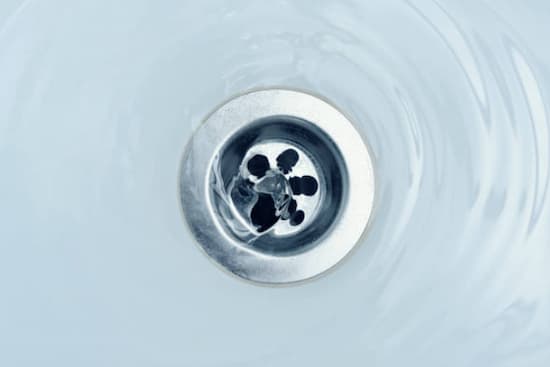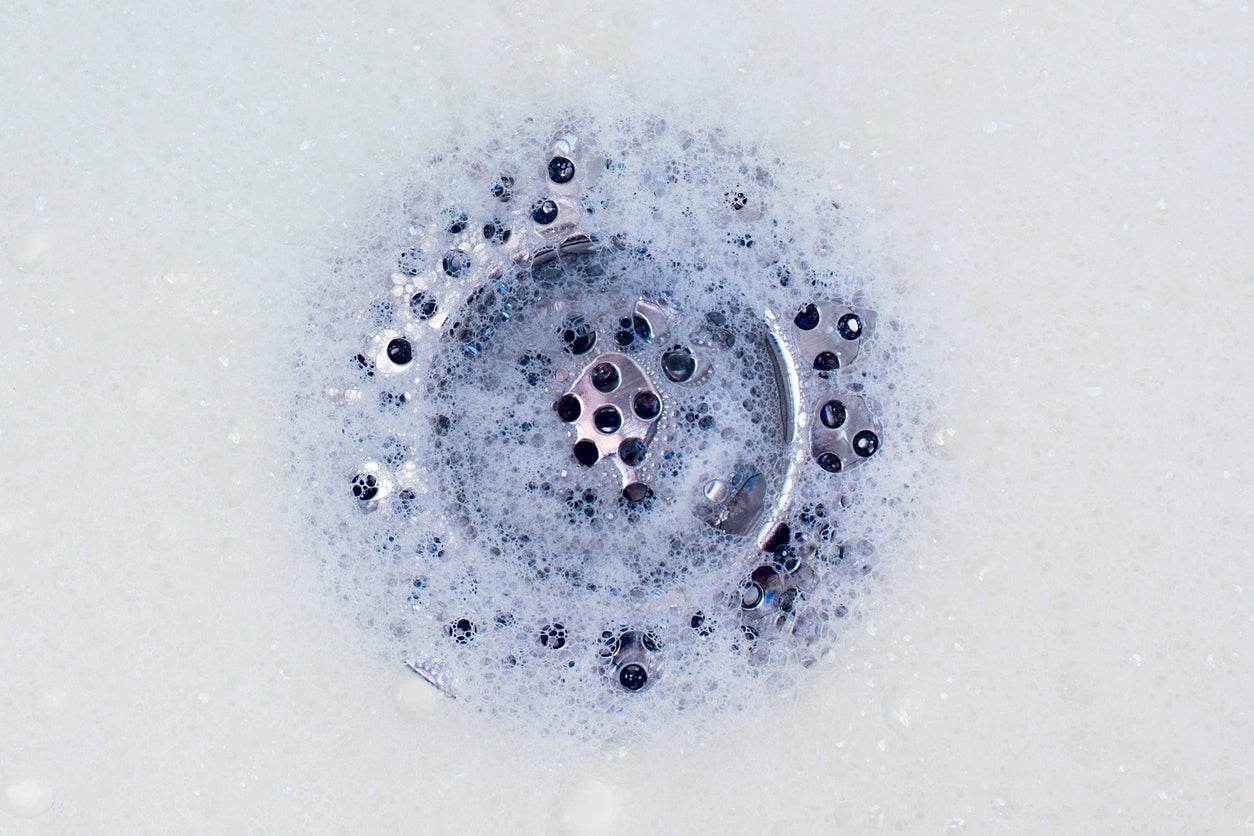Taking On-Handling-Managing Your DIY-Do-It-Yourself-Self-Installed Shower Drain-Bathroom Drain-Drainage System Installation-Setup-Project
Taking On-Handling-Managing Your DIY-Do-It-Yourself-Self-Installed Shower Drain-Bathroom Drain-Drainage System Installation-Setup-Project
Blog Article
We've found this post pertaining to How to Install a Shower Drain in a Basement below on the net and felt it made good sense to share it with you here.

Updating a restroom is just one of the more prominent residence improvement jobs. Handling the plumbing for draining your shower can be exceedingly basic unless you overdo.
Handling Your Own Shower Drain Installment Project
Whether you are a tub or shower individual, most people search for shower only options when purchasing a residence. This simple reality suggests greater than a few homeowners spend a weekend break updating or setting up showers in their washrooms. The good news is for you, it is a fairly easy process.
A collection agency or frying pan describes the straight surface area situated at the end of the shower. The collector generally consists of a non-slip surface slightly banked towards the center or anywhere the drain is located. Integrated with 3 to 4 inch wall surfaces around the side, the objective of your shower drain plumbing is to obtain the water to stream to as well as down the tubes.
You can literally develop a collection agency for your new shower, but you really need to think about it. Do you really want to get into the complications of getting the sloping correct, not to mention seeing to it every facet of it is water-proof? As well as I imply every aspect! It is a lot easier to merely get a pre-cast collection agency online or at your regional Lowes, Home Depot or hardware shop. Structure one may sound like a fantastic suggestion, yet you will most likely feel differently after a number of hours.
Regardless of how you deal with obtaining a pan, you should strive to utilize one that has the drain situated in the exact same spot as the initial pan. Relocating the drain pipes can be a job, especially if the builder made use of a special framing framework. If you are figured out to move the drainpipe, you are going to have to reduce the pipe or lengthen it, which might mean destroying big portions of the floor. Put another way, you are mosting likely to be taking a look at a numerous weekend task.
Presuming we have our drainpipe lined up, the real connect is rather easy. The drainage pipe need to be dealing with upright as much as the enthusiast. It will usually look like a "U", which indicates it acts as a cleanout to maintain nasty smells from returning up from the drain. To link the drainpipe, you are going to develop a water tight connection in between a drain cap on the top of the pan and also the drainage pipeline. Solutions differ, but you are usually going to do this by placing a combining piece on the top of the drain pipeline. This is then covered with gaskets as well as essentially screwed right into the drain cap. The drain cap need to act as a locknut, to wit, it screws directly onto the coupling.
The complicated part of this process is getting your drainpipe cap to match a watertight position in the frying pan. This is completed by withdrawing the drain cap once you make sure every little thing meshes. Then, you put plumbing professionals putty around the bottom of the cap and after that screw it back on. The putty must create a limited seal in between the cap and the shower pan, which keeps water from dripping under it as well as right into the mounting under the shower.
Clearly, bathroom showers come in a wide range of styles these days. If you buy a collection agency, they usually included plumbing guidelines or the shop can keep in mind anything uncommon you need to recognize. It appears intricate, yet is commonly rather easy. Enjoy!
Tips for Installing a Shower Drain Assembly
Renovating a bathroom can be exciting as well as fulfilling if you’re tackling the job DIY-style. After you cross off the bigger decisions such as tile style, paint colors, and fixtures, you’ll need to finalize smaller details – such as the shower drain. In this article, we’re sharing some tips for selecting and installing the right drain assembly for your updated shower.
What is a shower drain assembly?
Shower bases or pans typically only come with a pre-drilled drain hole. Since the pan slopes toward the drain, you should consider the placement – left, center, or right – when designing your shower. You’ll need to purchase and install a shower drain assembly that connects the shower pan to the drain pipe underneath the shower. There are a few types of assemblies, which will be covered below.
Size of a shower drain
When it comes to installing drains, size matters. The recommended pipe size for a shower drain is 2 inches, whereas most tubs use 1.5-inch pipes. Why the difference?
Shower pans are shallower than tubs, so there’s a higher risk for overflow. So, the larger pipe allows for quicker draining. If you are replacing an old tub with a newer stand-up shower, you will need to make additional plumbing adjustments to accommodate the 2-inch pipe.
Types of shower drain assemblies
There are three common types of shower drain assemblies: compression shower drain, solvent-glue shower drain, and tile shower drain. The layout, design, and materials of your shower can determine which type of shower drain assembly will work best.
Compression shower drain
This type of assembly attaches to the drain pipe with compression washers and nuts. The drain fitting is typically installed into the base, and then the base is installed into the bathroom floor. This makes compression-style drains easier to install than other options, particularly if you don’t have easy access from the floor under the shower base. Drains are available in a wide range of materials such as PVC (polyvinyl chloride), ABS (Acrylonitrile Butadiene Styrene), and brass, and can be used for acrylic, fiberglass, and steel shower bases.
Solvent-glued shower drain
Made of either polyvinyl or ABS, this type of shower drain is sealed to the drain pipe with solvent glue and silicone. Since you’ll be working underneath the drain pan, we only recommend using this type of drain if you have access under the shower, such as from a basement or crawlspace. It’s also important that you match the type of plastic of the drain with the drainpipe. If you take these precautions, you can install a solvent-glued drain assembly with acrylic, fiberglass, and steel shower bases.
Tile shower drain –
Drain assemblies for custom tile showers feature a waterproof membrane liner placed between two flanges. The tile is installed on top of the liner, collecting any water that seeps through the porous grout. A metal strainer is installed in line with the tile over the drain.
https://www.epshawaii.com/blog/tips-for-installing-a-shower-drain-assembly/

I was guided to that write-up on Simple Steps for Installing a Shower Base from a good friend on another web blog. Enjoyed our post? Please share it. Help somebody else locate it. I appreciate reading our article about How to Choose the Best Drain for Your Shower.
Report this page